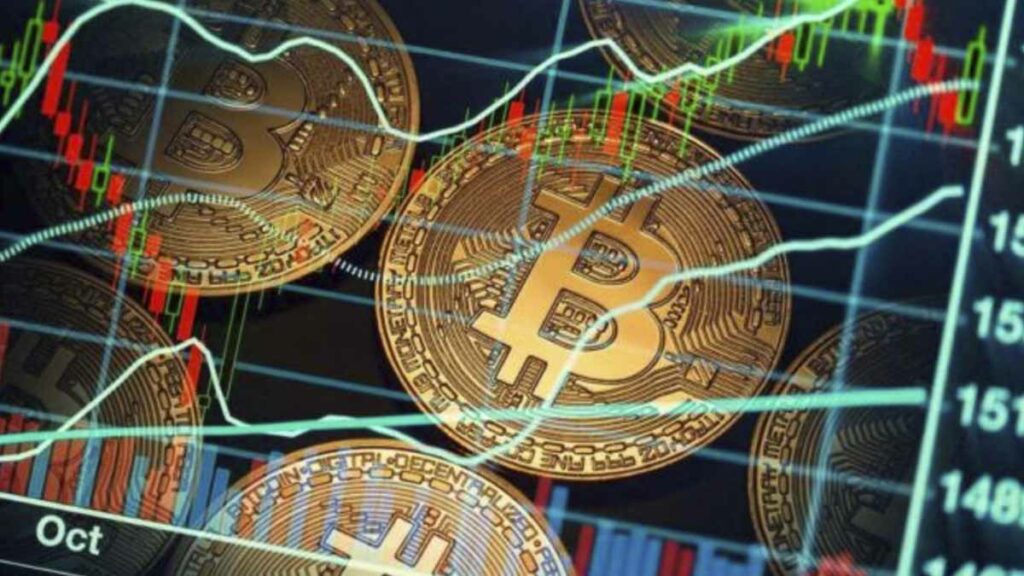The recent approval of several Bitcoin ETFs in the United States has triggered a series of volatile events in the cryptocurrency market.
Despite expectations of a continuation of the rally, Bitcoin (BTC) closed the week in the red, falling from $48.7k to $42.6k.
The approval of the ETFs generated a strong market response, with a significant increase in cumulative volume delta (CVD) across all major exchanges, according to a Kaiko Data special report shared recently.
What explains #Bitcoin's post-ETF slump?
Our latest Data Debrief explores the buy/sell ratio on the biggest exchanges and finds that buyers are still going strong on Coinbase.
Full analysis 👇https://t.co/whXooLU2xy
— Kaiko (@KaikoData) January 15, 2024
Binance led the charge, with nearly 3,000 BTC purchased in the hour surrounding the US market opening.
However, the well-known “sell the news” strategy prevailed, driving Binance and OKX’s CVD into negative territory.
Meanwhile, Coinbase maintained a positive CVD, and Bitstamp, as a more institutional exchange, also remained solidly positive.
The diverse behavior across exchanges suggests that there was no single dominant strategy during the ETF launch.
GBTC dominated volumes among Bitcoin ETFs, followed by BlackRock’s IBIT and Fidelity’s FBTC
Analysts are closely watching the inflows and outflows of ETFs, especially for GBTC, considering that some investors have held it for years.
As the BTC market faces spread volatility and low liquidity, Ethereum (ETH) and ETH-related tokens were short-term beneficiaries of ETF approval.
The ETH-BTC ratio reversed sharply, indicating speculation about a possible decision on ETH ETFs.
The close approval of BTC ETFs (3 to 2), with Grayscale’s successful lawsuit against the SEC, played a role in the decision, but ETH’s more opaque regulatory situation could complicate the approval of its ETFs.
On the stablecoin front, USDC has seen an increase in its market share on centralized exchanges, doubling in the last year.
Bybit has become the largest exchange for USDC, followed by Binance.
This shift in market share coincides with intensifying competition between stablecoins, including new entrants such as PYUSD and euro-based stablecoins.
Another notable phenomenon is the rise of BRC-20 tokens on the Bitcoin network, which has seen a tenfold increase in trading volume since November.
Although Binance initially had 63% of the BRC-20 market, this share has decreased to around 50%, affecting demand for block space and sparking controversy over transaction costs on the Bitcoin network.
Finally, South Korean exchange Bithumb has seen an unusual increase in BTC-KRW trading volume since late December, reaching an all-time high on January 8.
Bithumb has historically had tighter spreads for BTC-KRW than Upbit, but this gap has widened significantly since early December.
The crypto market is undergoing a post-ETF adjustment phase, with Bitcoin facing volatility challenges and Ethereum emerging as a temporary winner.
Exchange dynamics, competition between stablecoins, and the emergence of new token standards are contributing to the complexity of the current crypto landscape.
The focus is on how ETF flows will evolve and how regulatory tensions will be resolved, which remain key factors in the future direction of the market.











